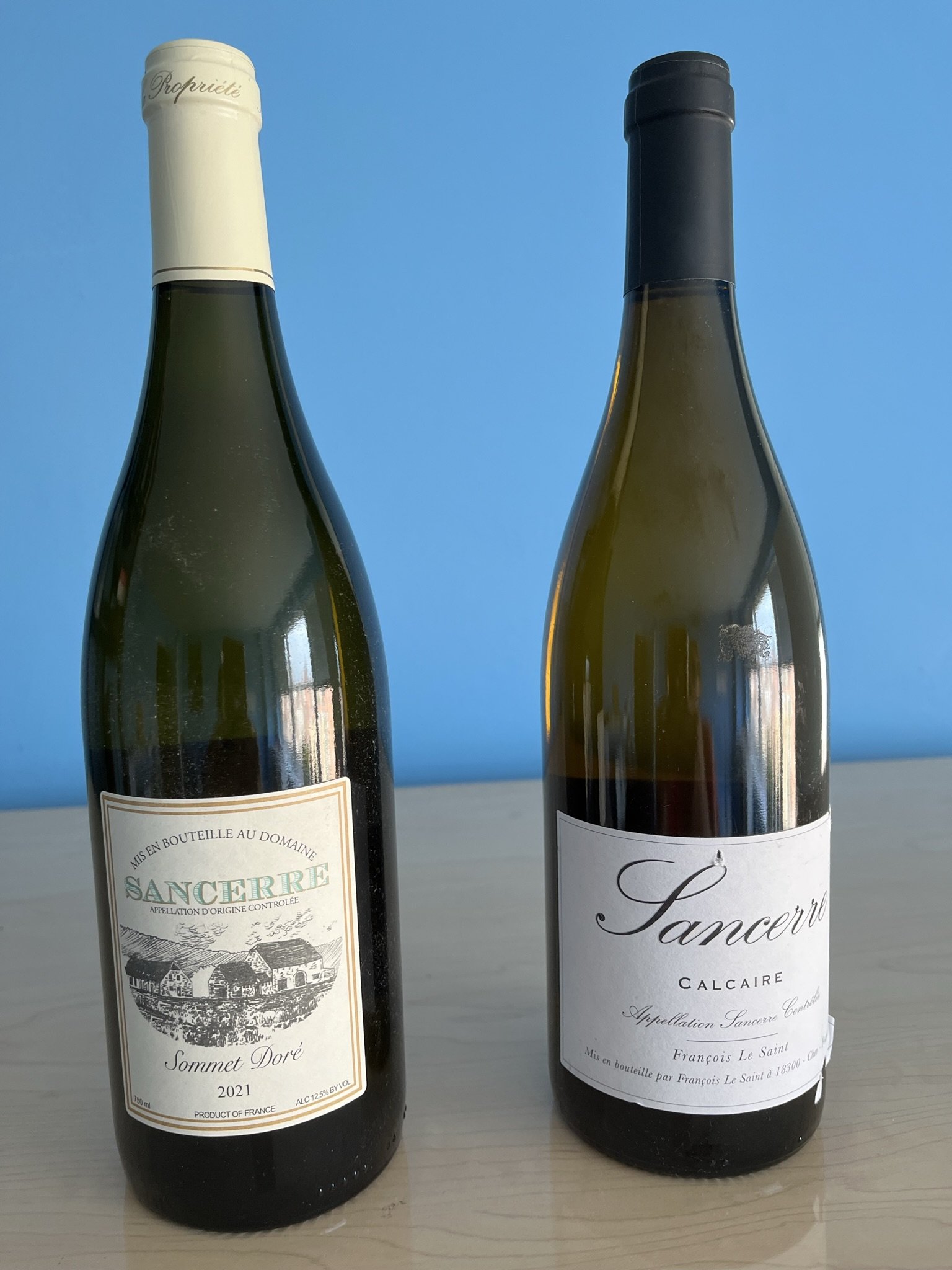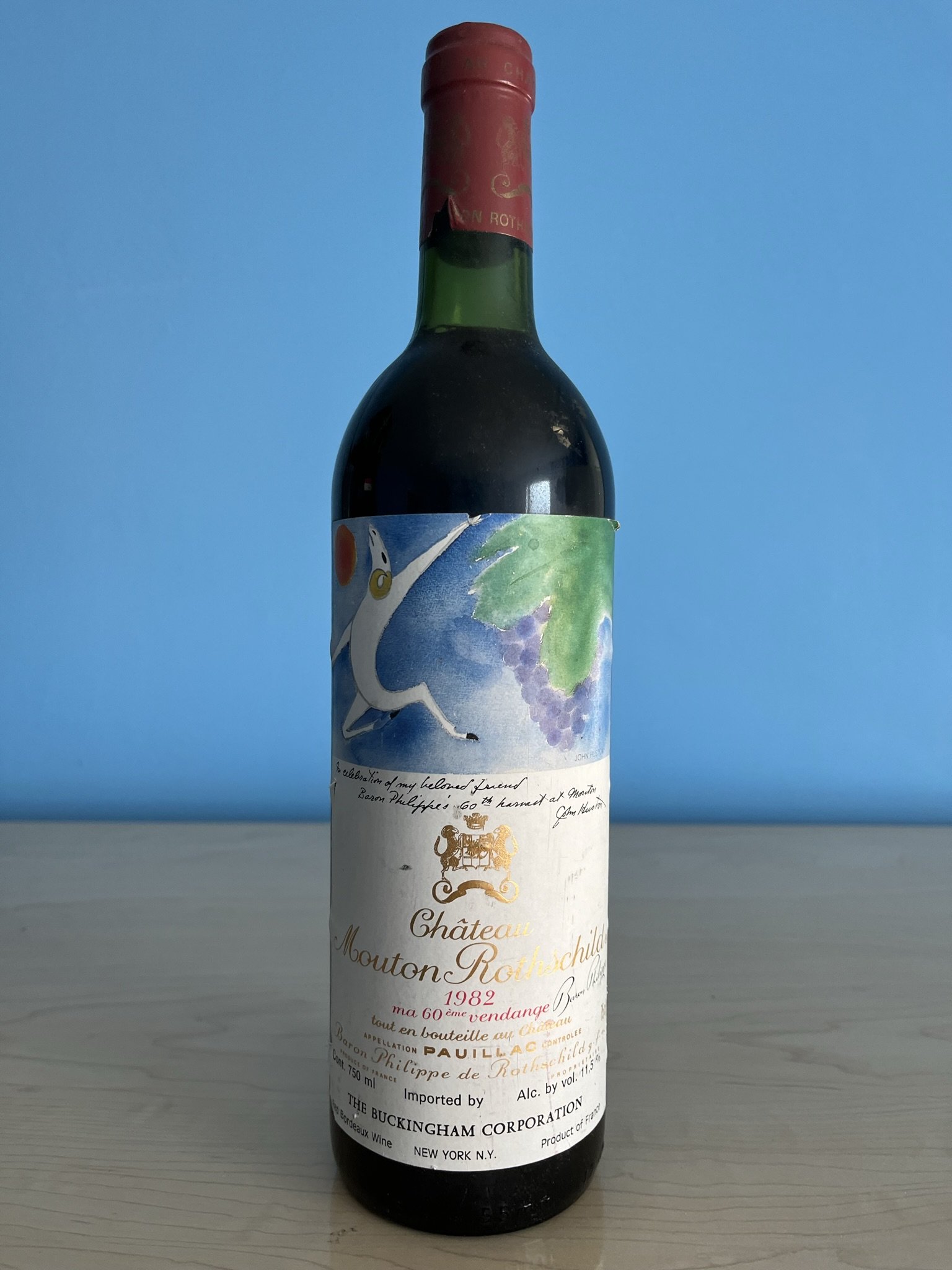New Year’s September Fun Wine Resolution: find your way out of the wine maze
Which way out and through?
And now it’s time for another fun monthly New Year’s Resolution for Wine!
What?
Wine Maze?
(You know, when you walk into a wine store and you’re lost because you have no idea how it is organized.)
Resolution?
It’s a monthly resolution. No more: OH NO, I SCREWED UP MY RESOLUTION AND ITS ONLY THE 3RD DAY OF THE YEAR.
Fun?
(It’s fun, because getting lost in a maze is not fun! Been there, done that. An actual maze. More than once. )
This is another chance to get that Resolution thing right!
Let’s talk about this!
I’ll get to the wine maze thing after I clear some things up.
In case you are new to this monthly New Year’s resolution for wine:
Welcome!
HINT! HINT! YOU CAN CLICK HERE FOR THE ENTIRE YEAR IN REVIEW!! EVEN COVERS LATER MONTHS! OR KEEP READING…
If you have been doing this all along:
Welcome back!
If you remember this part, skip on down. If not, read on.
New Year’s wine resolutions are the way to go.
Wine Resolutions hold promise for good times and more joy!
January should not be the only time to make positive changes to your life.
No one should have to remember each one so here is a brief recap:
If you want to see what you’ve been missing, here are the links for the past monthly resolutions. Do them in any order. Feel virtuous that you have completed a New Year’s Resolution. Woo!
Click here for January. The first wine resolution was about Chardonnay wine and comparing Old World and New World wines. I’m going over some of that in this month too.
Click here for February. This resolution was all about Champagne. No downside to finding something to celebrate with Champagne.
Click here for March. March was all about the Beaujolais.
Click here for April. This resolution was about Riesling wine. It wears so many different hats. It also can totally mess with people who are trying to do a deductive blind tasting (that means they are trying to figure out what wine it is.)
Click here for May. We travelled to Spain. Such great value wines there.
Click here for June. That was an easy one. It was how not to be a lemming about wine. Don’t be a blind follower.
Click here for July. That was falling in love with Pinot Noir, even if it can be a heartbreaker.
Click here for August. That was having fun with Albariño wines. It was so fitting, because the made up wine holiday of National Albariño Day was August 1st.
Now let’s get to the Wine maze stuff!
Here is a hardly complete, but really useful, guide :
First things first: You will want to understand the difference between Old World Wine and New World.
Let’s get started:
Who is who?
Many people refer just to Europe for OLD WORLD. More broadly it includes North Africa and the Middle East, but most people think Europe. In France, they think just France. But that’s literally another story. Read my post on The Judgment of Paris on that one if you want.
NEW WORLD is basically everywhere else. More specifically that is the United States, South America, Australia, New Zealand, and South Africa (South Africa actually has some wineries as old as those in Europe, but I didn’t make these rules). Some times Canada is included.
There are many stylistic differences between the two. I will not be writing about that.
Should you want to do a deep dive into this, have at it. As with most things, not everyone agrees.
Because, this is an overwhelming undertaking, I am only going to cover France for this post. Whew!
That’s what I’m talking about!
FRANCE!
Now you can understand that this is complicated.
I just want to make sure you can manage the French maze. If this fun wine resolution isn’t fun, then I have to redo the whole thing.
Wait! You may say.
Why do I need to know this?
Good question.
When you go in a wine store, the wines from the United States are usually grouped by variety. They may throw in the other New World wines too. Wines from Europe are usually grouped by country.
Spoiler alert: Many old World wines do not list the variety on the label. (The lower priced wines may.)
At the very least you should know this:
Old World Wines almost always have some sort of a Geographical Indicator (GI) listed on the label. Requirements can include where (geography), what (varietals used) and how (winemaking technique.) It goes from generic area to really specific, as in a specific vineyard within an already narrowly drawn area.
Unlike the Old World wines, you won't find New World labels based on their geographical indication. They will almost always show you upfront the grapes or blends that compose the wine. It is not as region oriented. Wine labels are much less structured.
In the United States they do have something called an American Viticulture Area (AVA) which is geographic only (that’s the where.) An AVA is a grape growing region. It has to have something different with their climate or geography, so it isn’t just like other regions. There are no rules what grapes you can grow. No rules on how.
The first AVA was in 1980 so we aren’t talking a long established history. It was in Augusta, Missouri. Who knew?
Most New World wines are what you see is what you get. You shouldn’t get lost in the maze there.
Back to the tricky stuff. That would be Old World wines.
GI’s in the Old World are considered legally protected intellectual property.
They are not messing around. It’s not just wine, either. It’s certain food as well. That’s a topic for a food blogger, and not me, though.
They take this very seriously. They have been doing this for centuries. In Italy, the rules for winemaking started as early as 1444 in Tuscany. In Portugal and Hungary, quality rules started in the18th Century.
France’s regulations are newer. Regardless, they have rules and regulations out the wazoo. They need to protect the intellectual property.
Really helpful hint: Generally, the more specific the area, the higher the price. That is basic supply and demand.
Whether the price is worth it and is more delicious for you - that is another matter. I go over this in my post on the top 4 reasons behind the cost of your wine. Read it here.
Sometimes the real estate is expensive because of location. Sometimes it is reputation.
Real estate may be king, but you don’t have to chip in for the rent if it’s not worth it to you. This goes for all wines, not just Old World wines.
Time for a few specifics:
In France, they organize wine using the AOC (Appelation d’Orgine Controllôlé) system. Europe calls it AOP (Appelation d’Orgine Protégée.) This system started in 1937. Not centuries old like some of the other Old World countries, but still around longer than the United States AVA system.
They have 360 AOCs. These rules apply to every part of wine production. Some say that this helps the consumer know what to expect. I disagree. Most people don’t know the rules.
Look at the map above.
It basically shows where the AOCs are and what grapes are grown where.
BUT, NOT ENTIRELY.
ALSO..
If the winemaker doesn’t want to follow all of these rules, they take a lesser term of VdP (Vin de Pays.) It is IGP in Europe. If they really want no rules, they have no GI, and the wine will say Vin de France. These wines will usually be much less expensive than AOC wines.
If you want Chardonnay look to Burgundy. They also make VdP wine in Pays D’Oc in the south of France. They don’t mention that on the map. It is also found in the Champagne region.
It is quite a maze, unfortunately. Follow some of my hints for an easier time.
Chardonnay from Burgundy is very, very pricey. There is a complicated hierarchy that determines the price as well. If the area is brag worthy they want the area front and center.
Le Montrachet is a very famous vineyard in Burgundy.
Take a look in a wine store and see how many labels of French wine say Montrachet on it.
If you are looking for Sauvignon Blanc, look to the Loire. That is where you will find Sancerre and Pouilly- Fumé. (Do not confuse this with Pouilly-Fuissé which is a Chardonnay from Burgundy.)
For Sancerre, head to the Loire.
Note that the AOC is Sancerre for both of them. The price for one is almost double the other, though. Real Estate?
You can also find Sauvignon Blanc in Bordeaux. Bordeaux is known for blends of wine. Sauvignon Blanc will often be blended with Sémillon, another white grape.
As with Chardonnay, you can find less expensive wines from the areas that don’t follow AOC rules.
The Alsace Region is most well known for Riesling. Yep, I wrote about that too. Check it out here.
RED WINE TIME
As for red wines, if you want Pinot Noir, head back to Burgundy. Once again, insane prices. As before, I have written about Pinot Noir in another New Year’s Resolution post. If you would like, read about it here. If I copied the whole thing in this post, it would stop being a fun resolution. I get carried away. Read it at your leisure, as they say.
While you are in Burgundy you can look into a Beaujolais wine. This one is from the Gamay grape. Guess what? I wrote about that too. Read more about that here. It’s a fun wine.
If you want Cabernet Sauvignon and Merlot, that’s back to Bordeaux. As with most things in Bordeaux, they are almost always a blend. There are rivers that run through Bordeaux. This affects which grape variety grows better. It also affects which grape will be the majority in the blend.
One wine that is not a blend is Chateau Pétrus. It is 100% Merlot. It is also usually the most expensive wine in the world. Very little is made. Supply and demand.
This is how they show wine prices outside of wine stores in Bordeaux.
As you can see, prices for Petrus are astronomical.
There are an incredible amount of formal quality levels in all of Bordeaux. If you would like to do a Deep Dive, you can find Wine Folly’s here.
Again, decide if you want to pay for these perceived quality levels. Remember much of the price is supply and demand, and chipping in for the rent.
What would you pay for this?
Wines from Bordeaux are much less expensive shortly after the vintage is bottled. Spoiler alert: The world has changed and investors buy almost all of them up these days.
There are wonderful Bordeaux wines at reasonable prices. Trader Joe’s has some. As always, decide what a wine is worth to you.
Interested in Grenache and Syrah? Head to Rhone Valley.
Although the Rhone Valley is considered one vineyard area, it is geographically divided into Northern Rhone and Southern Rhone. As with many Old World Wines there is a distinct hierarchy. No kidding.
Location matters.
In the North, the only red grape that can be used is Syrah. Interestingly enough, a white varietal can be blended with it, though. That grape is Viognier. Just saying.
Steep slopes in Northern Rhone make it very expensive to pick grapes, even if there is better drainage.
The wines may be great but very pricey. Very, very pricey.
In the South it is flatter and the wines usually less expensive. This is where you will find Cotes du Rhone wines. These blends are often referred to as GSM wines. They are comprised of Grenache, Syrah and Mourvedre. However, 13 different varieties are allowed.
Within Cotes du Rhone, some of the wines are allowed to be called Cotes du Rhone Villages if they come from certain specified Villages. Even within the higher level there is a wide range of quality. Generally, the higher the price, the better the quality. As always, whether it is worth it is the question.
They don’t mess around with hierarchy in the Old World wines.
I hope some of this helped you find your way out of the wine maze.
Advice for asking for help in a wine store:
If you are in a store with someone to help, remember to always have a price range. There are wonderful wines at all price points! No need to pay more. Some of the prices for these wines are crazy high.
Pick up two similar bottles and ask what the difference is. Ask what you are gaining or losing.
Then make a decision.
AND THEN…









